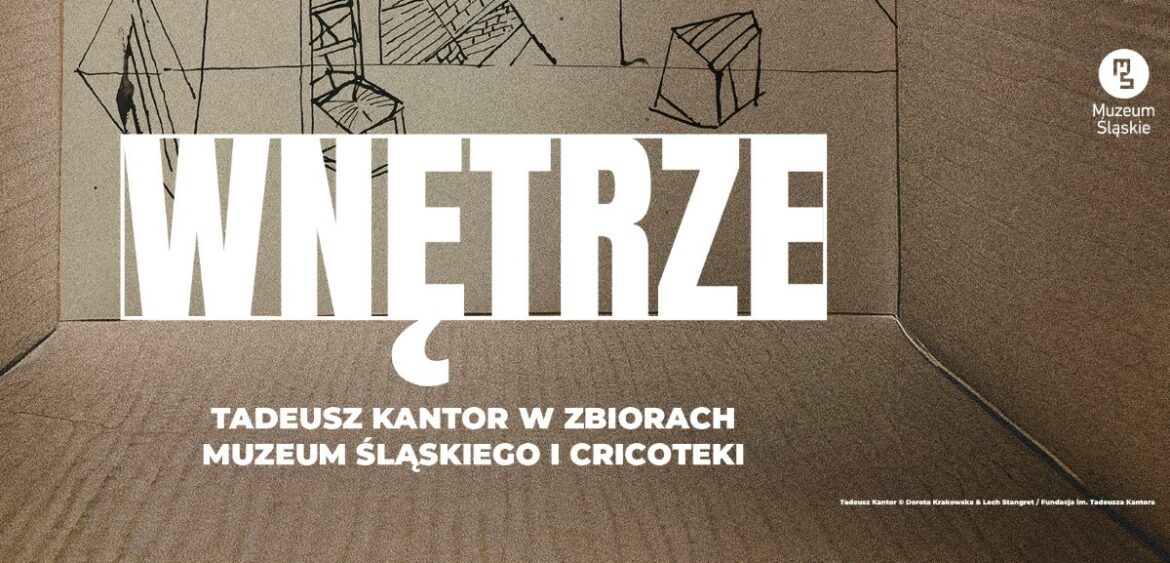Until 7 April 2024, the Silesian Museum in Katowice is presenting the exhibition “Interior. Tadeusz Kantor in the Collections of the Silesian Museum and Cricoteka”.
The exhibition presents a series of drawings from the collections of the Silesian Museum in Katowice and spatial objects from the collection of the Cricoteka Centre for the Documentation of the Art of Tadeusz Kantor including his groundbreaking achievements. The exhibition has been given the character of an architectural installation, with its form resulting from the interpretation of the meaning of ‘interior’ in the context of shaping and directing the exhibition space, as well as from the metaphorical issue of the artist’s studio. One might be tempted to think of an even broader understanding relating to the imagination of the artist, who in the second half of the 1980s summed up his achievements, particularly in such Cricot 2 Theatre productions as Let the Artists Die (1984) and I Shall Never Return (1988).
The Silesian Museum emphasises that the exhibition’s script takes into account the character of a total work of art realised in various domains and, at the same time, maintains a synthetic narrative presenting the evolution of Tadeusz Kantor’s artistic ideas.
The artistic biography of Tadeusz Kantor (born in 1915 in Wielopole Skrzyńskie, died in 1990 in Krakow) begins with stage design projects from 1943, documenting the time just after his studies at the Academy of Fine Arts in Krakow. At the time, the artist was working on the concept for the play Return of Odysseus, staged in 1944 with a group of artists from the Underground Independent Theatre. Inside the exhibition, drawings from 1955-1987 signal the evolution of artistic ideas. The sketch of a curtain for Kazimierz Mikulski’s performance Circus (1957) indicates the time when Cricot 2 Theatre was born. Subsequent designs and drawings for the performances In a Small Manor House (1961), Beauties and guenons (1973), as well as the Paris premiere of The Shoemakers (1972) are connected with the work on the performances inspired by the dramas of Stanisław Ignacy Witkiewicz.
Adrian Andrzejewski





